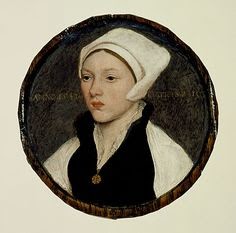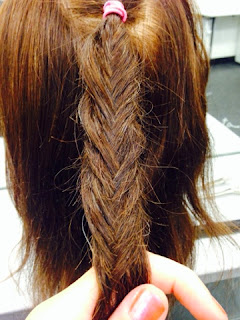
Queen Elizabeth I was a lady who dressed to impress; specifically in public. When she was by herself, she would only wear simple gowns. She would possibly wear them for more than two or three days in a row. In this era, the clothing worn was a symbolisation of the social status, therefore it was important for Elizabeth to always look her best. It was frowned upon for others to compete with Queen Elizabeth's style.
The colours black and white, were the Queen's favourite colours to wear, even though she had an array of different colours to choose from. They symbolized virginity and purity which is the reasoning for wearing those colours more often than not.
'The Queen's gowns would be gorgeously hand embroidered with all sorts of coloured thread, and decorated with diamonds, rubies, sapphires, and all kinds of jewels.
To complete her appearance, the Queen would wear accessories such as a fan, a pomander to ward of foul smells and it was thought infection, earrings, a diamond or pearl necklace, a brooch and a watch. Robert Dudley gave her a watch encased in a bracelet, the first known wrist watch in England. Like other women, she would also often wear a miniature Prayer Book attached to her girdle.'
Queen Elizabeth was known for wearing lots of makeup as she got older. This was due to catching small pox in 1562. Due to catching small pox, she would attempt to cover up any scars left on her face.
During this era, it was very difficult to keep their teeth clean and healthy, therefore many teeth rotted. Elizabeth had to unfortunately have a few teeth removed as she got older. To try and reduce the look of 'hollow cheeks', Elizabeth would stuff her mouth with small rags.
http://www.elizabethi.org/contents/wardrobe/
'Corset Hairstyle'
How to:
1. Create a straight middle parting down the centre of the head of hair using a comb.
2. French plait each side as tight and as neatly as you can.
3. Take a reasonably long piece of ribbon and pull it through (perhaps with a needle for guidance), from one plait to the other. Make sure there is an equal amount of ribbon on either side.
4. Take from one side of the ribbon and cross it downwards and across to the other side of the plait.
5. Repeat this with the other side of the ribbon and then alternate!
'Like all aristocratic Elizabethan women, the Queen would typically wear a chemise, a corset stiffened with wood or iron, a petticoat, a fathingale, stockings, a gown, sleeves, and a neck ruff and wrist ruffs. With the discovery of starch, ruffs became even more elaborate.'
















